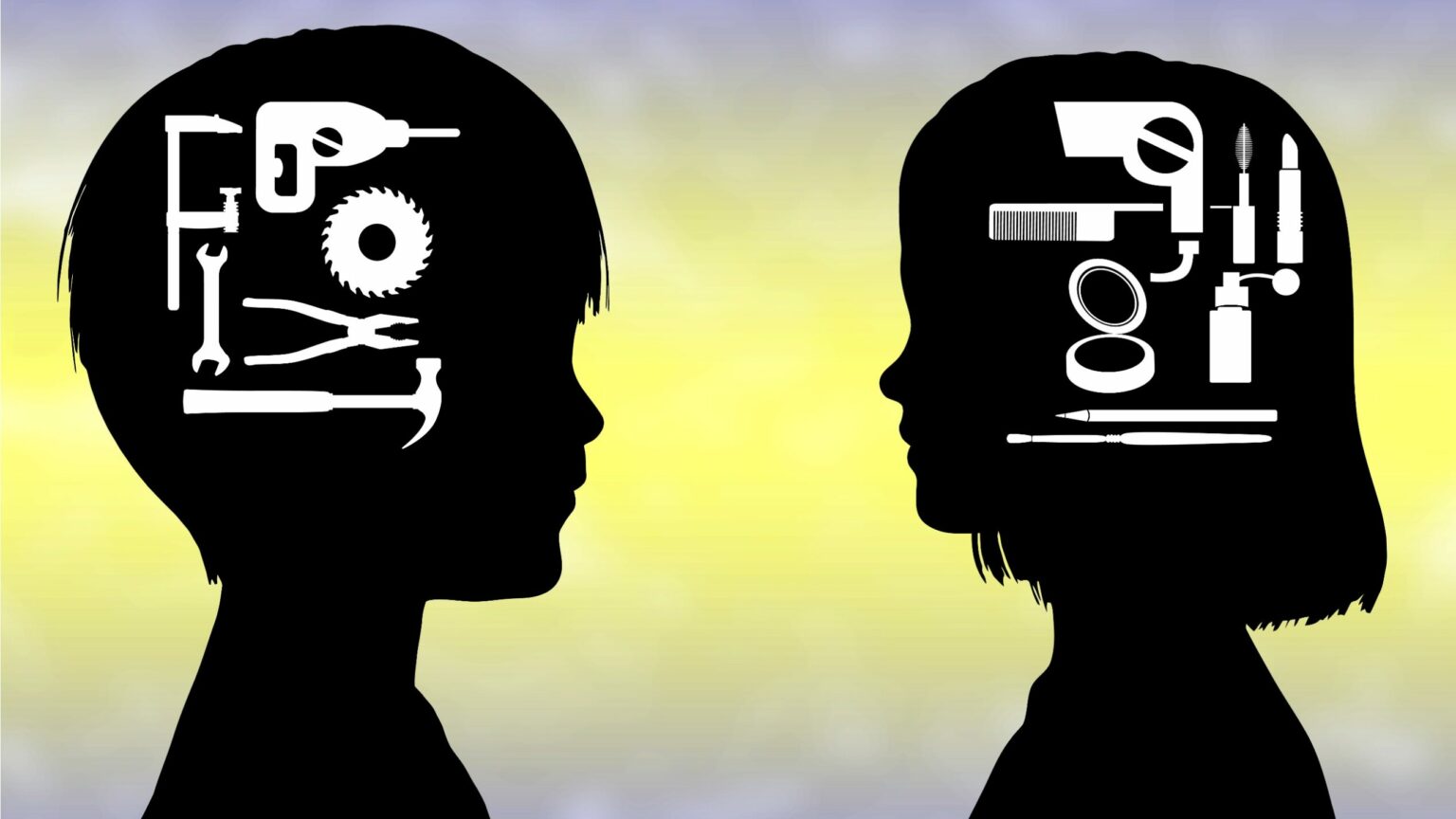Artificial intelligence (AI) has attracted huge interest from almost every primary industry and company. But a recent Guardian report has highlighted concerning issues, such as the gender bias of AI tools.
The Guardian investigation looked at AI effectiveness when detecting sexual suggestiveness, i.e. the raciness of images.
With the increasing need for content moderation, particularly on social media, AI tools have been touted as a means of flagging images that may be inappropriate for the audience. The Guardian research, however, calls into question the neutrality of such tools.
AI Algorithms Show Gender Bias: Guardian Report
To test this claim, Guardian journalists analyzed hundreds of pictures of men and women working out, in underwear, as well as medical tests with partial nudity using AI tools. The result was that more images of women, even in normal situations, were labeled as sexually suggestive.
The AI tools also had the same results with medical pictures, even of pregnant women. AI algorithms mostly rated images of women as racier than similar images of men.
Such findings suggest that any platform deploying AI tools may end up censoring more photos of women, further limiting the reach of female-related businesses.
Some AI tools tested by the journalists include those from major tech firms like Google, Amazon, and Microsoft — indicating the problem was not unique to startups.
That these companies provide content moderation AI tools to major platforms such as LinkedIn and Instagram is no secret. Several users have previously reported being shadowbanned or having their content removed from social media platforms due to it being deemed racy by AI. Women were disproportionately affected in this regard.
AI’s bias history
This is not the first time that AI biases have been exposed. Researchers from the Ben-Gurion University of the Negev and Canada’s Western University found that AI had more exaggerated biases compared to humans when it comes to facial age recognition.
A New York Times report from 2019, meanwhile, warned that AI tools are learning from a large trove of digitized information and could also pick up human biases.
For example, a Google AI technology called BERT associated men with computer programming and gave less credit to females. In most cases, AI tools echo gender and racial biases in today’s society. This is evident in a paper by Cambridge University researchers noting that AI recruitment tools did little to improve diversity or reduce bias.
MetaNews previously reported that AI selfie application Lensa generated controversies over its sexualization of women.
The example AI has chosen for a boy is football while for a girl is dancing. Let's pause for a while and think about it. #ai #gender #bias #chatgpt pic.twitter.com/af7TUZwIFL
— Onur Buyukceran (@onur_buyukceran) February 7, 2023
Companies confront AI bias
So far, several companies are striving to meet ethical AI guidelines. But there is no ready-made solution to prevent such biases from emerging. Thus, some companies are opting to sunset products which exhibit signs of biases.
In 2018, Amazon scrapped plans for an AI-powered recruitment engine after it noticed that the tool discriminated against women. Microsoft also announced in 2022 that it would stop selling AI-based facial-analysis software tools due to the problematic bias and inaccuracies of the algorithm.
With artificial intelligence making a major comeback in 2023, concerns about ethical issues and inheriting human biases remain a pressing challenge for companies and developers.









 and then
and then